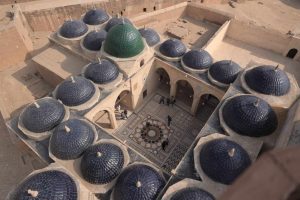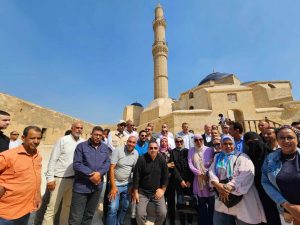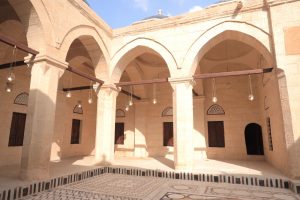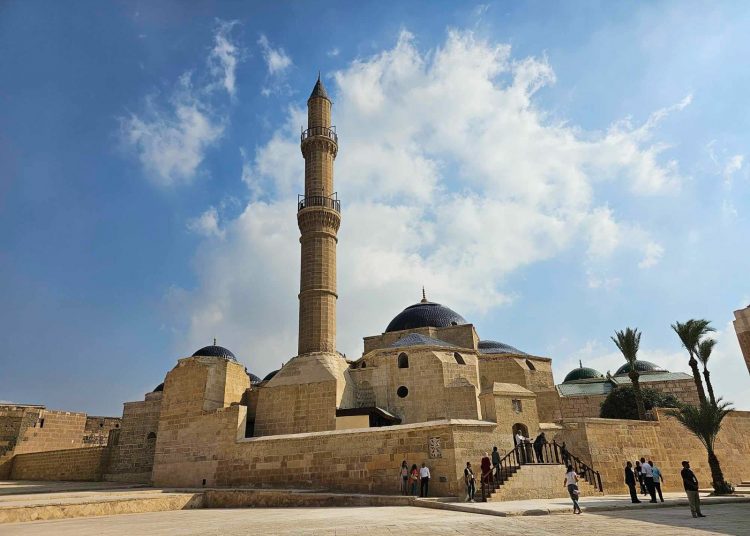The Sulayman Pasha al-Khadim Mosque, the first mosque to be built in Egypt in the Ottoman-architectural style, reopened Saturday morning after a five-year restoration.
Minister of Tourism and Antiquities Ahmed Issa, Supreme Council of Antiquities (SCA) Secretary General Mostafa Waziry and Cairo Governor Khaled Abdel Aal inaugurated the mosque, which is the Saladin Citadel in Cairo.

Issa said that the mosque is considered one of the most important and the restoration ate faithful to the original designs.
“We hope that Egyptian and foreign visitors will enjoy this unique monument, its artistic designs, its history in particular, and the history of historic Cairo in general,” he said.
The mosque, which is also known as Sariat al-Jabal, was built in 1525 by Suleiman Pasha al-Khadim, a prominent Ottoman statesmen during the reign of Sultan Suleiman the Lawgiver (who ruled twice between 1520 and 1566).
The SCA funded the restoration work, which cost LE5 million ($6,190).

Issa pointed out that the opening of this mosque is one of the most important results of the financial reform witnessed by the SCA during the current period.
He added that this comes within the framework of the Ministry’s plan to make Cairo an independent tourist destination in which tourists can enjoy all the tourist and archaeological features and places.
“More restoration works of many archaeological sites in Greater Cairo are scheduled for this year,” he said.

Waziry said that the Sulayman Pasha al-Khadim Mosque was built on the ruins of an older mosque commissioned by Abu Mansur Qasta, a governor of Alexandria in the Fatimid era.
The mosque has 23 domes and houses the shrine of the Fatimid governor, a number of tombs of Janissaries, a group of the Ottoman soldiers who entered Egypt in 1517 as well as a kuttab, a Quran school.
He said that work on the project began in 2018, under the supervision of the Islamic, Coptic, and Jewish projects and antiquities sectors of the SCA.


“The restorations involved removing chalk formations, dust and dirt, and maintaining the marble in the structure,” Waziry said.
The interior and exterior of the shrine were restored along with the colourful decorations inside the domes. The facades, the marble flooring of the courtyard, the prayer hall and the unique marble pulpit underwent extensive restoration, Waziry added.
All 23 domes had new tiling and the lighting for the mosque and kuttab were renewed, he said.








Discussion about this post